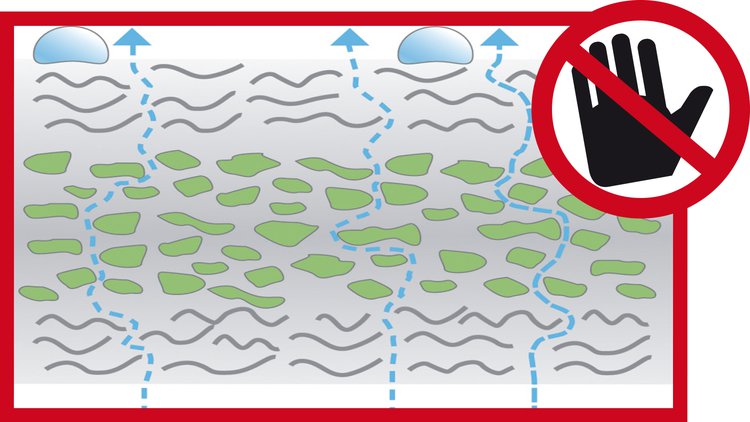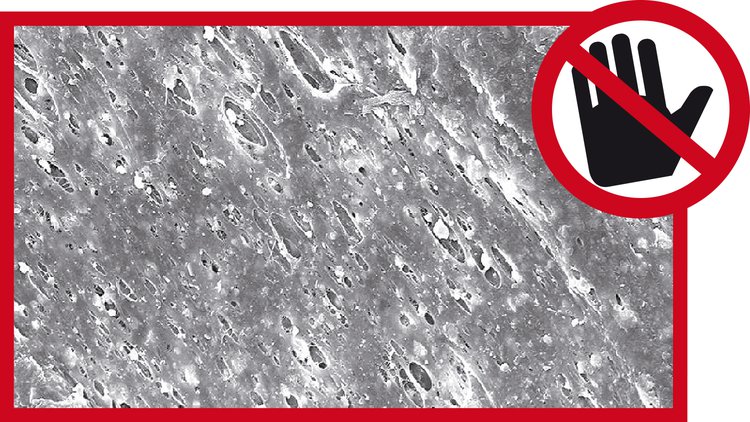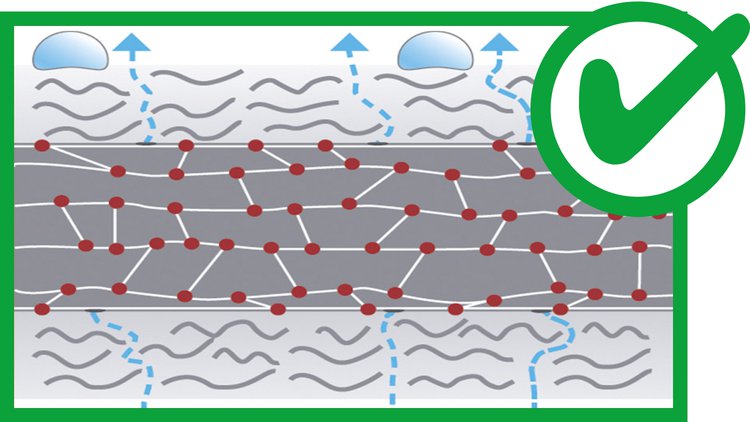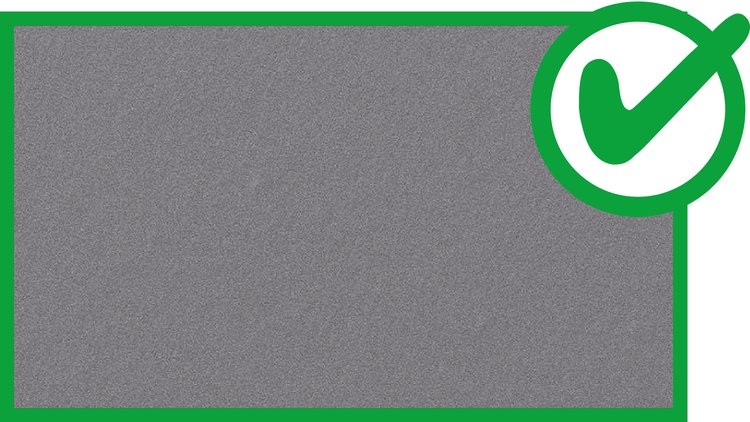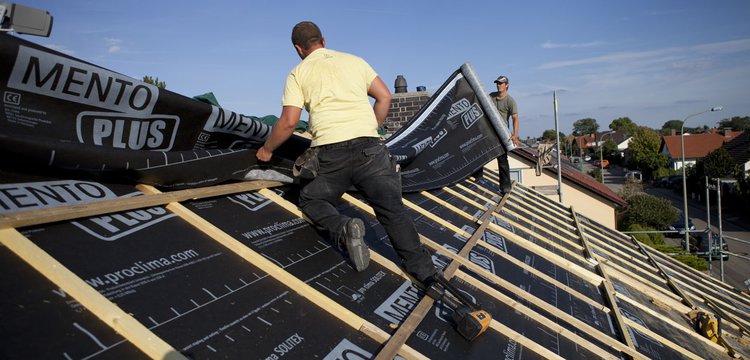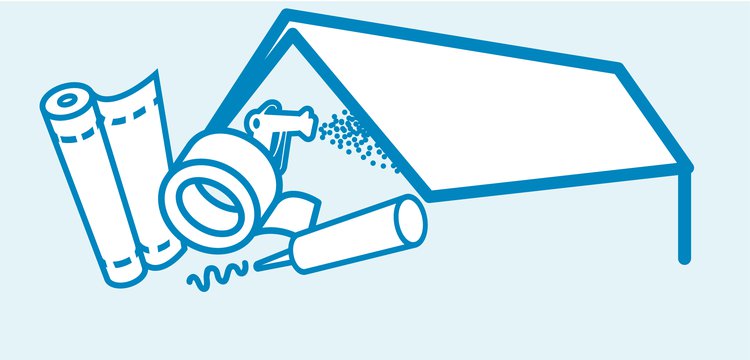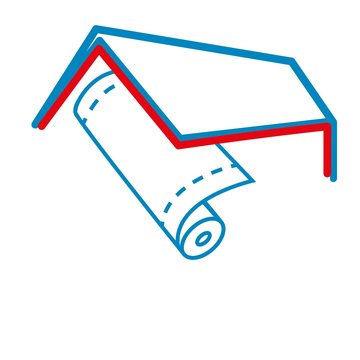Moisture-activated weathertightness
Absolute permeability … and maximum sealing effectiveness
Roof and facade membranes have to fulfil very demanding requirements with regard to protection against driving rain and watertightness. At the same time, they should very open to diffusion so that moisture can dry out of the building component to the outside quickly and reliably.
The microporous membranes that have been available up to now fulfil these requirements only to a limited extent. New, moisture-activated membranes with a pore-free, monolithic functional film offer significantly more reliable protection for building structures.
Conventional technology: Micropore membranes
Close-up image of a conventional underlay membrane. The PP sheeting is stretched during production and calcium carbonate is added. This is how the holes in the material are formed.
In the case of conventional PP membranes with micropores, water vapour passes through tiny holes to the outside. If a lot of vapour has to pass through, a film of moisture may form on the inside of the membrane. As a result, the membrane becomes more watertight and moisture damage may potentially occur. Moisture transport to the outside is a passive process that only works if there is a relatively high partial pressure gradient for water vapour. This is not always achievable in modern, highly insulated buildings.
There is protection against water from the outside as water drops are too large and cannot enter through the pores due to their surface tension. However, if there is driving rain or if wood contents or solvents reduce the surface tension, significant amounts of water can penetrate into the thermal insulation and cause mould formation and moisture damage.
The monolithic SOLITEX membrane
Close-up image of a monolithic, pore-free SOLITEX membrane with same magnification.
Pore-free membranes actively transport moisture to the outside – the more moisture is present, the faster it is transported. Their diffusion resistance drops in this case. Only a minimal partial pressure gradient for water vapour is required for transport.
- Maximum protection against driving rain
- Water column of up to 10,000 mm
- Active moisture transport, minimal partial pressure gradient for water vapour required
- Wet membrane becomes more open to diffusion
- No ‘tent effect’, and can be used as a temporary covering
The particularly high protection against driving rain results from the fact that there are no pores present. High impact speeds or water drops with reduced surface tension are not a problem for the SOLITEX underlay system.




